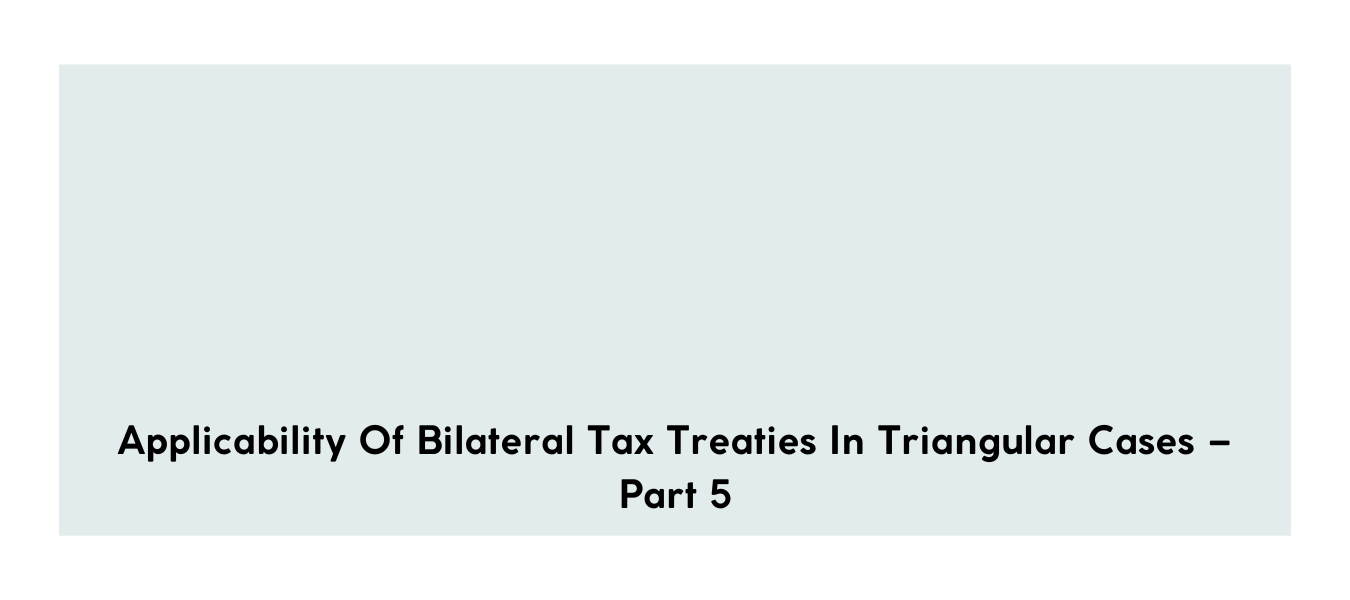

In Part 4, I have discussed Dual resident triangular case. In this part, i am focusing on fourth situation i.e. Reverse dual resident triangular cases.
Reverse dual resident triangular cases usually arises where a person who is resident in two states (State A and State B) for tax purposes makes certain payments to the resident of third state (State C). This is illustrated in the following diagram:

In the illustration above, if Company X (dual resident company) is to pay interest to a resident of a third state, which tax treaty should apply. Domestic tax laws of State A deems Company X to be a resident of State A because of its incorporation and the laws of State B consider Company X to be a resident of State B because of the place of effective management in State B.
If the dual resident company (Company X) pays interest to a resident of State C, then, possibly two tax treaties could apply, i.e. State A and State C tax treaty and State B and State C tax treaty.
As discussed in part 4 earlier, that for the purposes of the State A and State B tax treaty, Company X would be considered a resident of State B applying tie-breaker rule of the tax treaty. Although the tie-breaker in principle applies to States A and B, the effect is that Company X is taxable in State A only in respect of income from sources in State A and therefore should not meet the residence criterion of Article 4(1) of the OECD Model Tax Convention. (Assuming that the relevant tax treaty has Article 4(1) similar to that of OECD Model convention)
On the basis of OECD Commentary on dual resident companies and especially the position in the state that lost out in the tiebreaker rule (in this example, State A), the correct view would be that Company X would not be considered a resident of State A for the purposes of the State A and State C tax treaty. However, this does not per se means that State A will have no right to tax the interest paid by Company X.
There is a possibility that Company X still has a PE in State A. In that case, sourcing rule of Article 11(5) of the OECD Model Tax Convention will deem the interest to be sourced in State A. Hence, in such situation State A would be entitled to levy tax as per the interest article of the State A and State C tax treaty. But for this to apply it becomes important that the loan on which the interest is paid can be attributed to the PE and that the interest is borne by the PE. Possible solutions to this seems to be inclusion of specific provision in the tax treaties or inclusion of provisions in domestic laws which prevent a dual resident from being resident for domestic purposes when the state implementing such provision is the losing residence state i.e State A in illustration above.
The views in all sections are personal views of the author.